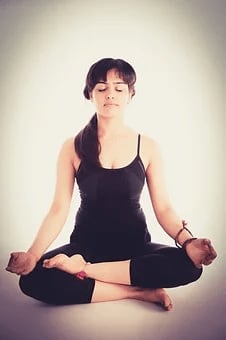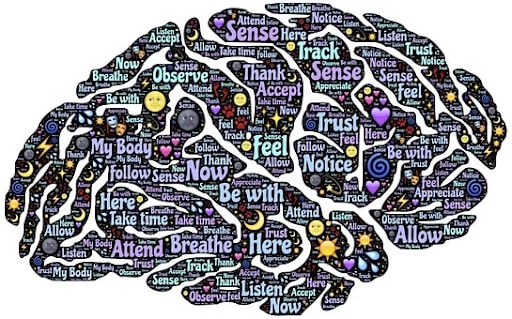At some point, we’ve all had that feeling of racing thoughts, elevated heart rate and tightness in your chest. Too much anxiety can wear down your body, nervous system, and brain, making it difficult to function at an optimal level. While traditional treatments are effective, an added approach someone may want to take is incorporating yoga into their routine.
Yoga is defined as “A Hindu spiritual and ascetic discipline, a part of which, including breathing control, simple meditation, and adoption of specific bodily postures, is widely practiced for health and relaxation”. Yoga has become one of the most popular and mainstream forms of exercise throughout the world but, not only is it being used for exercise and relaxation, it can also be a tool of treatment for anxiety.
Yoga and meditation are beneficial for all of us. Breathing techniques, relaxation, and exercise have all been proven to mitigate anxiety and stress and their side effects on the body. There are many uncomfortable physical symptoms of anxiety such as tightness, muscle tension and pain sensitivity. Yoga postures can help relieve the discomfort by lengthening, strengthening and balancing the muscles. This can help reduce tension all over the body. Practicing can also reduce your heart rate, increase body awareness, aid in relaxation, and guide thoughts from anxious to centered.


As a mind-body practice, those who participate become more aware of the link between their minds and bodies. Focusing on breath and proper form of poses can help create a pleasant distraction and quiet anxious thoughts.
Here are a few tips for incorporating yoga into your daily routine:
- Try short, frequent practices – Yoga doesn’t always mean an hour long practice. Short and frequent sessions can be just as or even more beneficial than an hour long class.
- Try different types of yoga – Like any exercise routine, some are more intense than others. Try different approaches to see what works for you.
- Find a calming space – Whatever variation you decide, be sure to have the proper environment. Practice in a soothing space, dimly lit, low lighting and comfortable temperature.
- Do not underestimate the power of breathing – Slow breathing with a focus on the exhale can be a powerful tool when dealing with anxiety. Don’t wait until a moment of anxiety to use the breathing techniques, practice will help train the body and mind to activate the relaxation response when you start your slow breathing.
Depending on how severe and long standing the anxiety is, the positive effects of yoga can take some time. You will not be an expert the first time but with consistent practice and patience, the benefits will be profound. Some experience a period of discomfort, both mentally and physically, before finding relief. Be patient with yourself and the practice.
